How much does it cost to make an iPhone, and how much does Apple make on each piece? We cannot find the exact data, because even if we calculate the price of individual components, we do not know Apple's resources spent on development, software, and employee work. Even so, this simple math shows quite interesting results.
This year's iPhone 14 series is expected to be quite expensive for Apple. Here, the company has to radically redesign the front camera, especially for the Pro models, which will increase its cost and reduce the margin from each unit sold. That is, if it maintains the current price and does not increase the price, which is not completely excluded. But historically, how much did individual generations of iPhones cost, as far as the sum of the prices of their models is concerned, and how much did Apple sell them for? Web BankMyCell prepared a fairly comprehensive overview.
It could be interest you
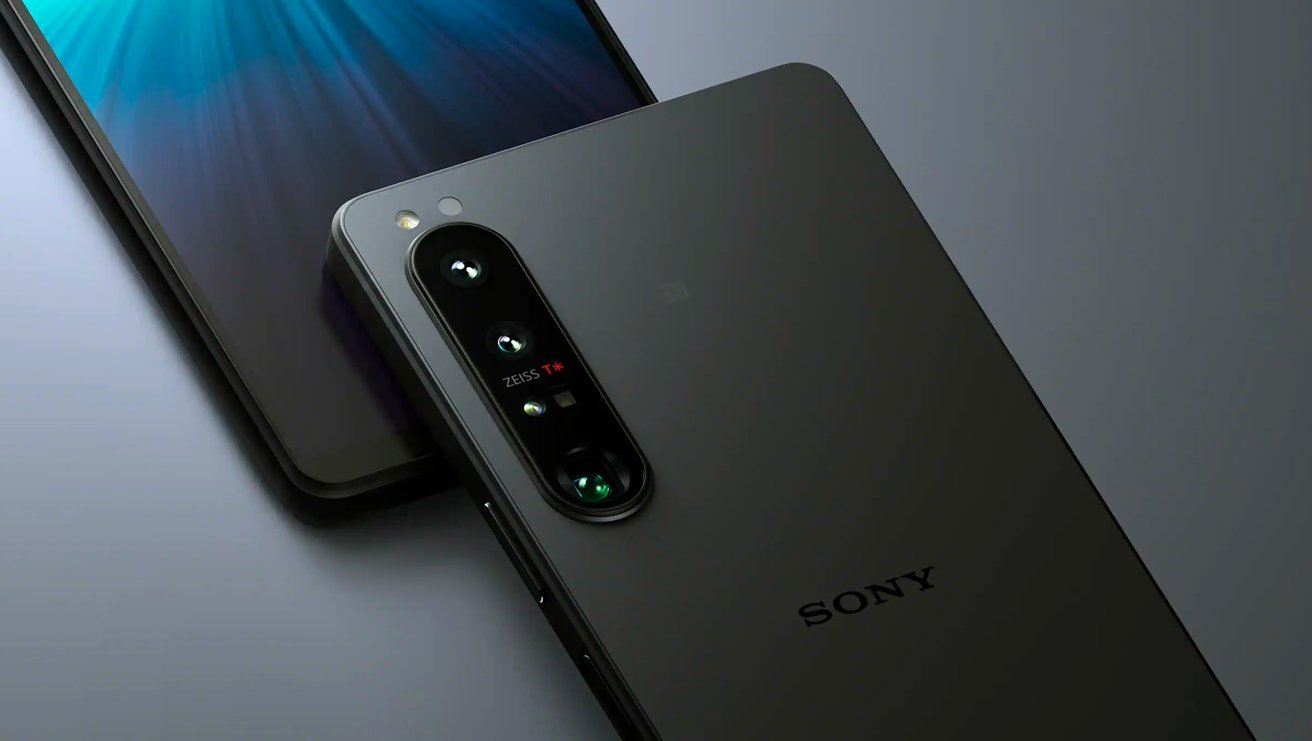
The price increases with technological progress
The estimated cost of iPhone components ranged from $156,2 (iPhone SE 1st generation) to $570 (iPhone 13 Pro) depending on the model and its generation. Retail prices for basic iPhones ranged from $2007 to $2021 between 399 and 1099. The difference between material cost and retail price ranged from 27,6% to 44,63%. The estimated margin ranged from 124,06% to 260,17%.
One of the least profitable iPhones was the 11 Pro Max model in the 64GB memory version. The material alone cost $450,50, while Apple sold it for $1099. Not even the first generation was profitable, on which Apple had a margin of "only" 129,18%. But the second generation of the iPhone, i.e. the iPhone 3G, was very profitable. This is because Apple was starting at $166,31, but was selling it for $599. The first generation cost Apple $217,73 in material costs, but Apple sold the final product for $499.
As costs rose, so did the prices at which Apple sold its iPhones. Such an iPhone X cost $370,25 in components, but sold it for $999. And it's quite logical. Not only have the displays increased, which are therefore more expensive, but the cameras and sensors are also better, which also increases the price of the product. Therefore, if Apple increases the price of the upcoming generation, it will not be surprising. Not that the company needs it, but it will certainly be based on the catching-up chip crisis, as well as supply chain constraints due to covid shutdowns. After all, everything and everywhere is getting more expensive, so let's expect to pay a few extra crowns for this year's generation, rather than being unpleasantly surprised in September by how Apple just wants to fatten its customers' pockets.
 Adam Kos
Adam Kos 
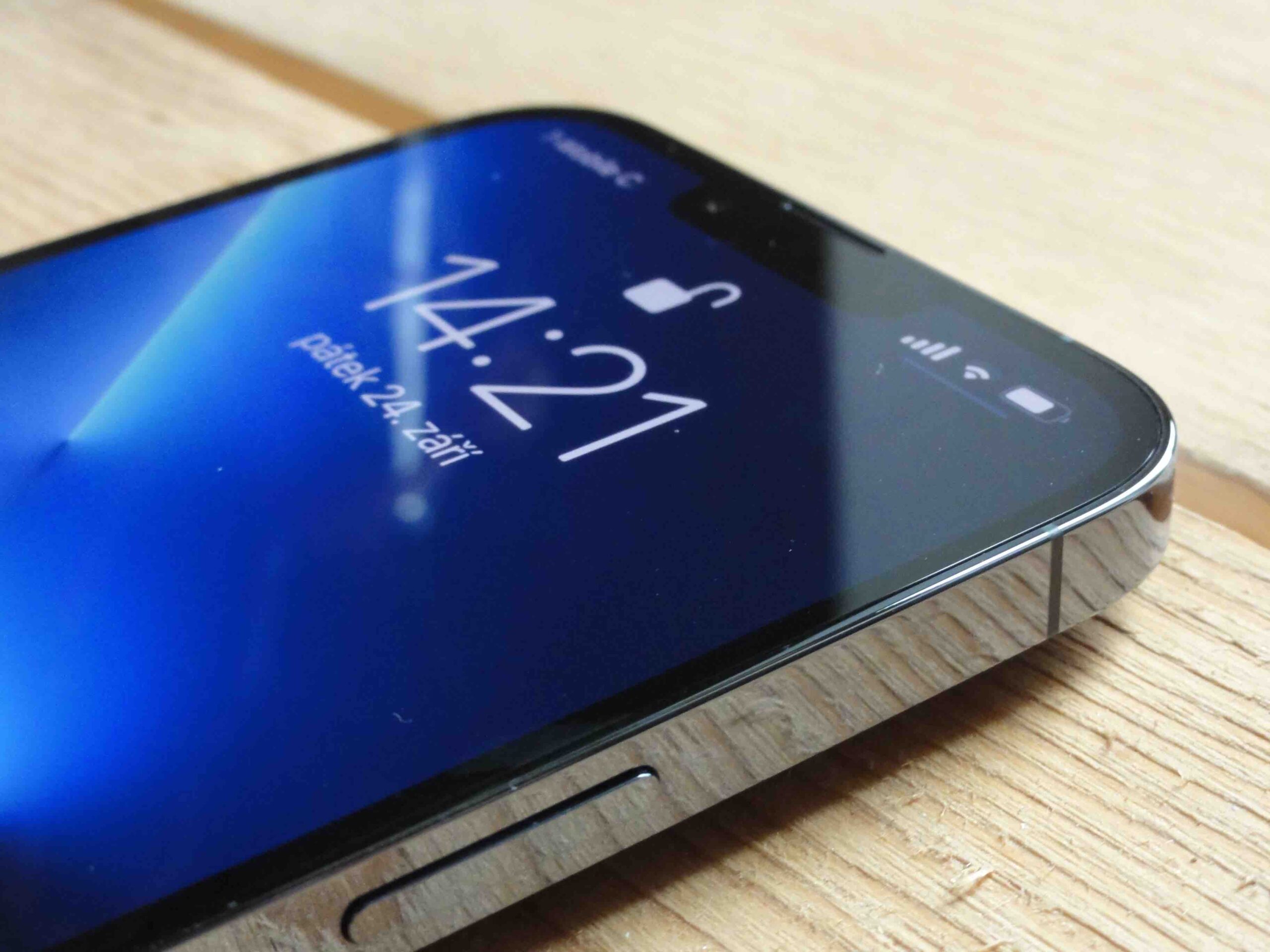






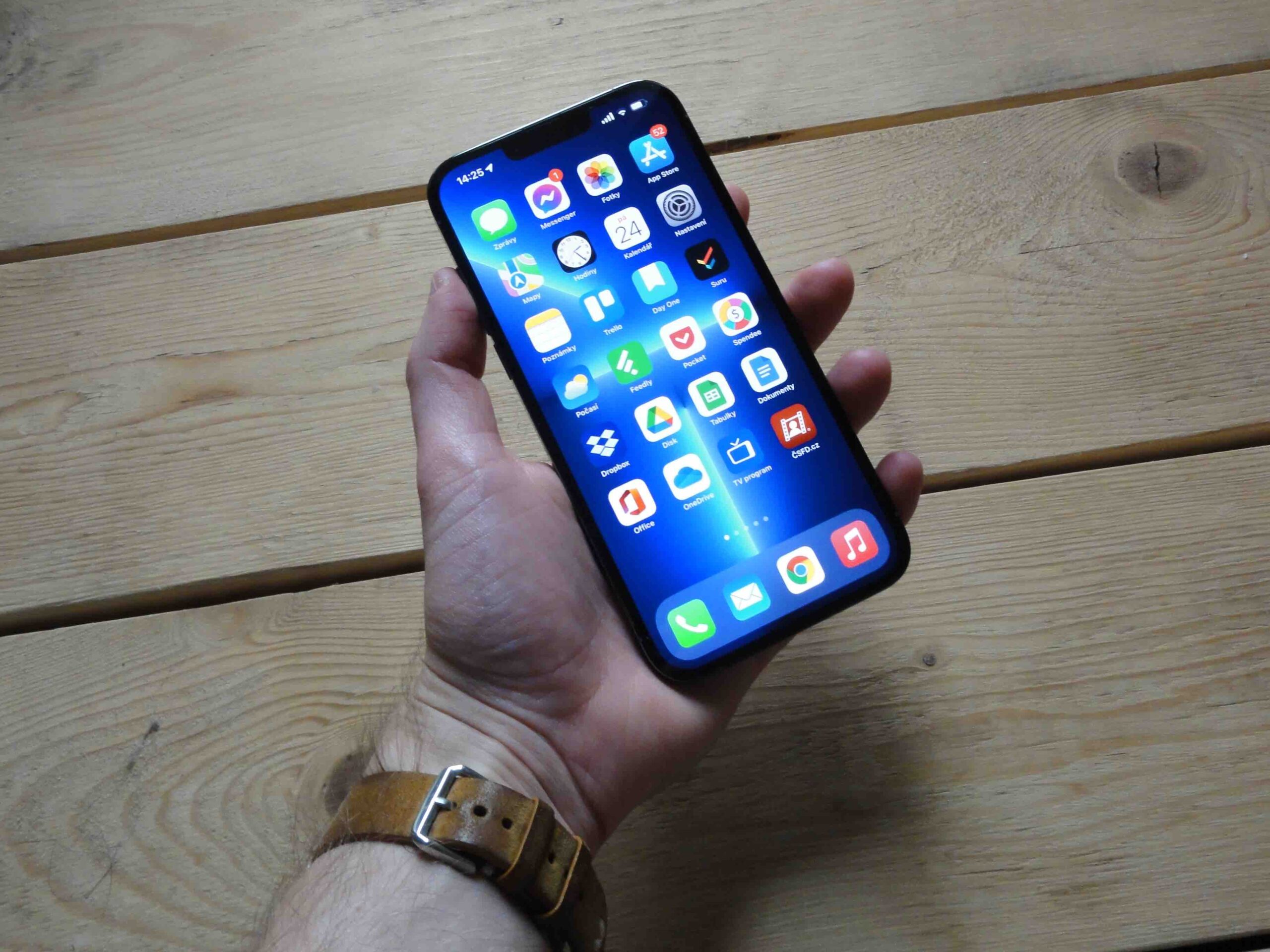
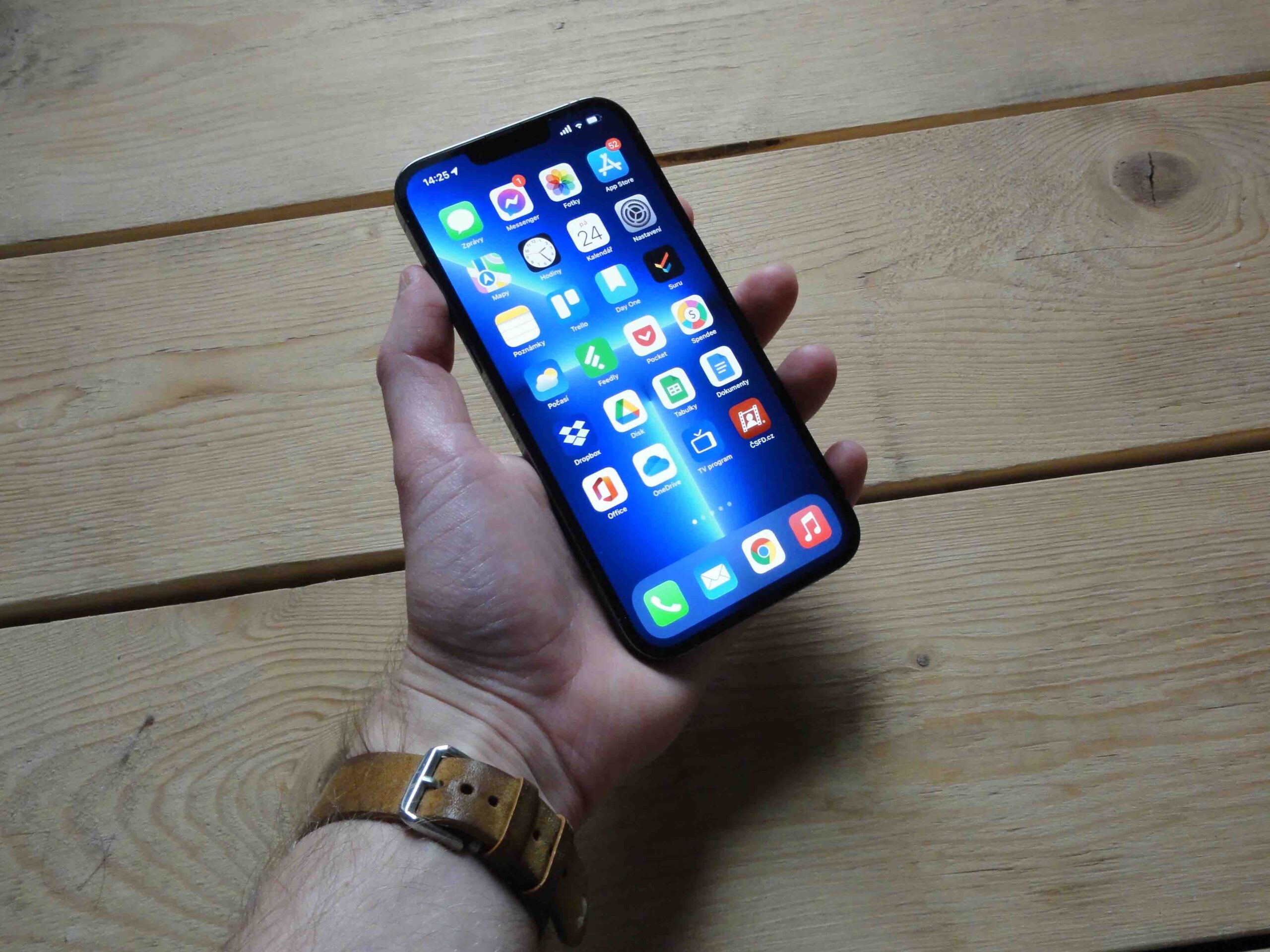

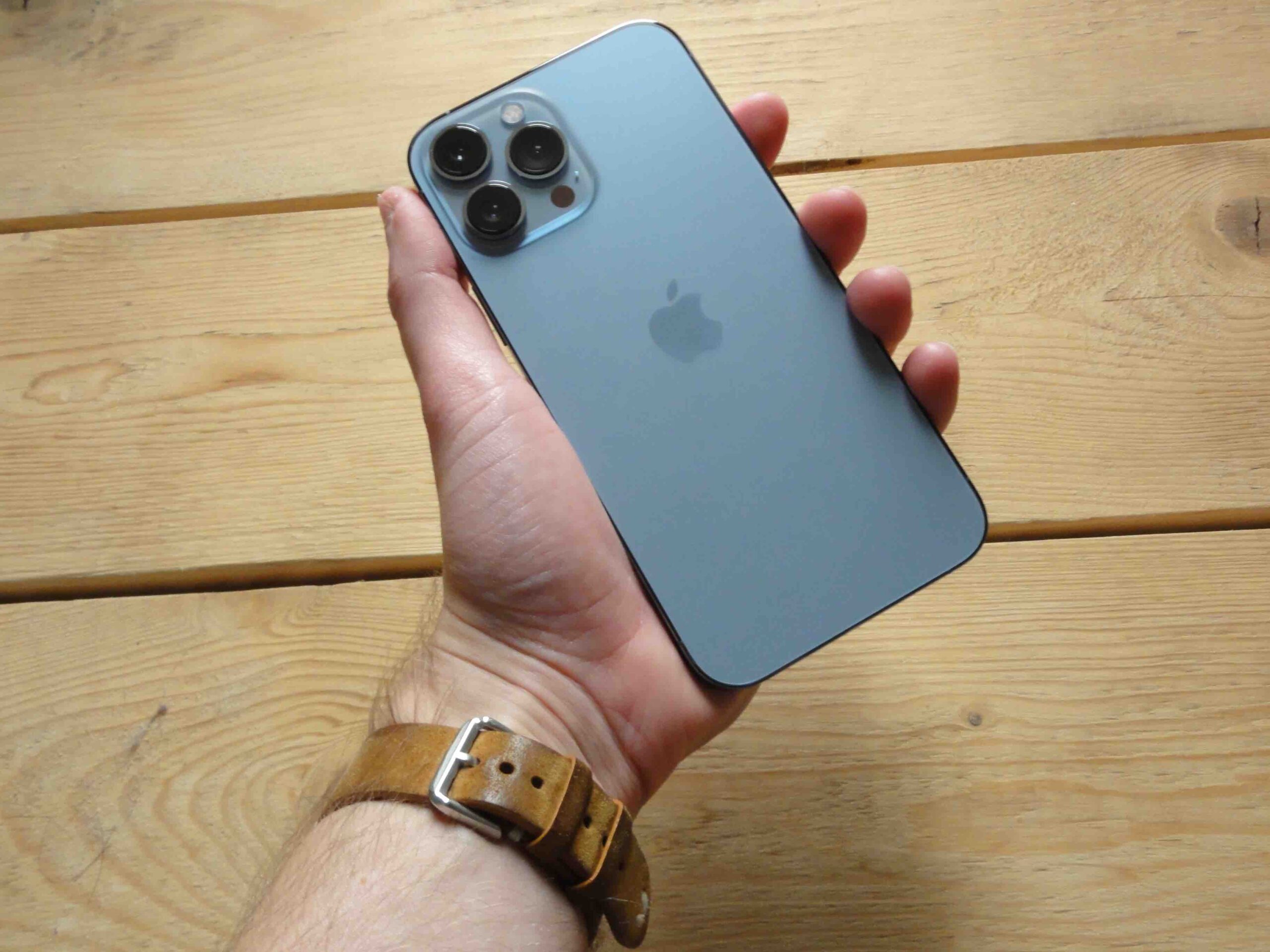
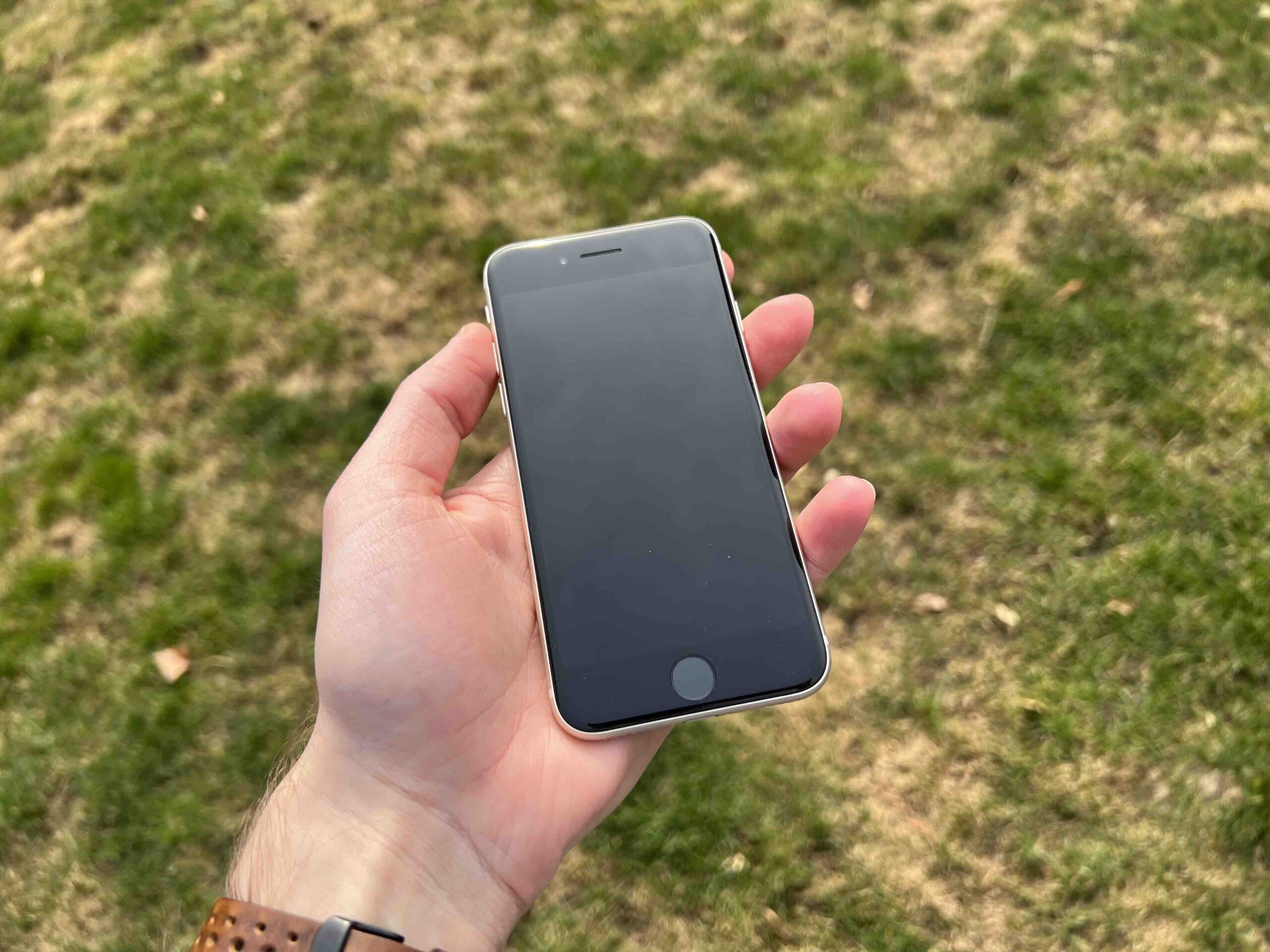

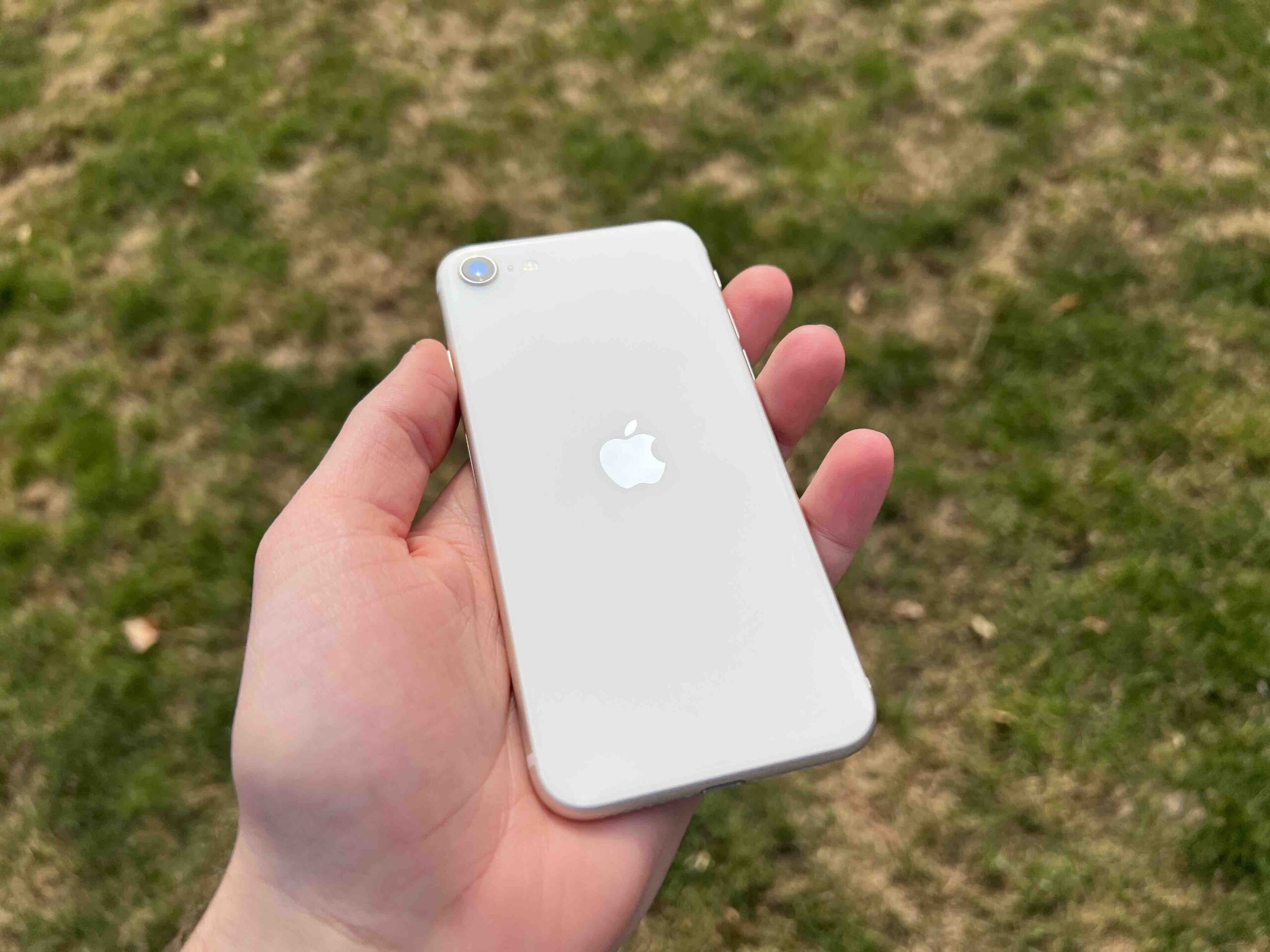
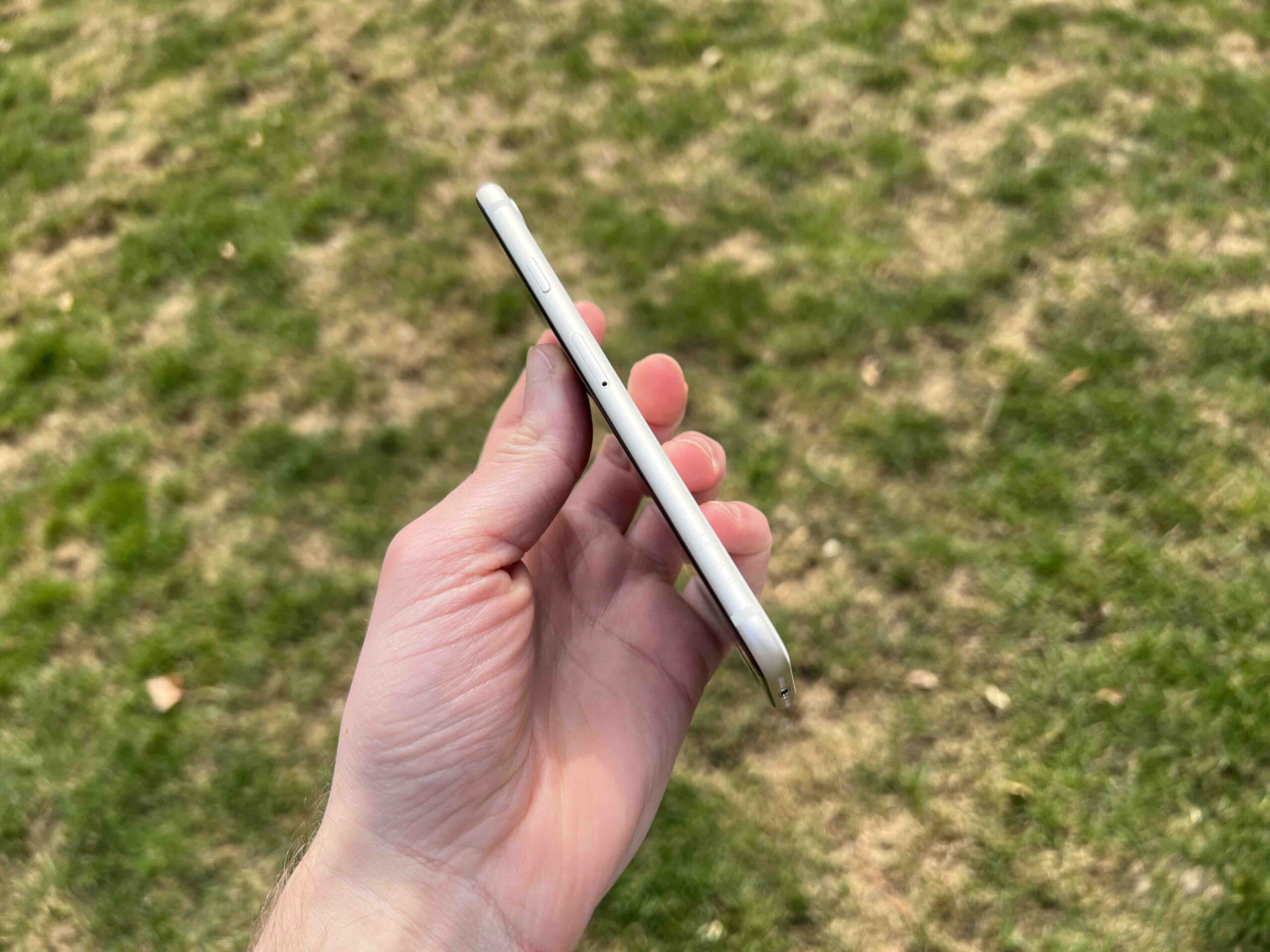

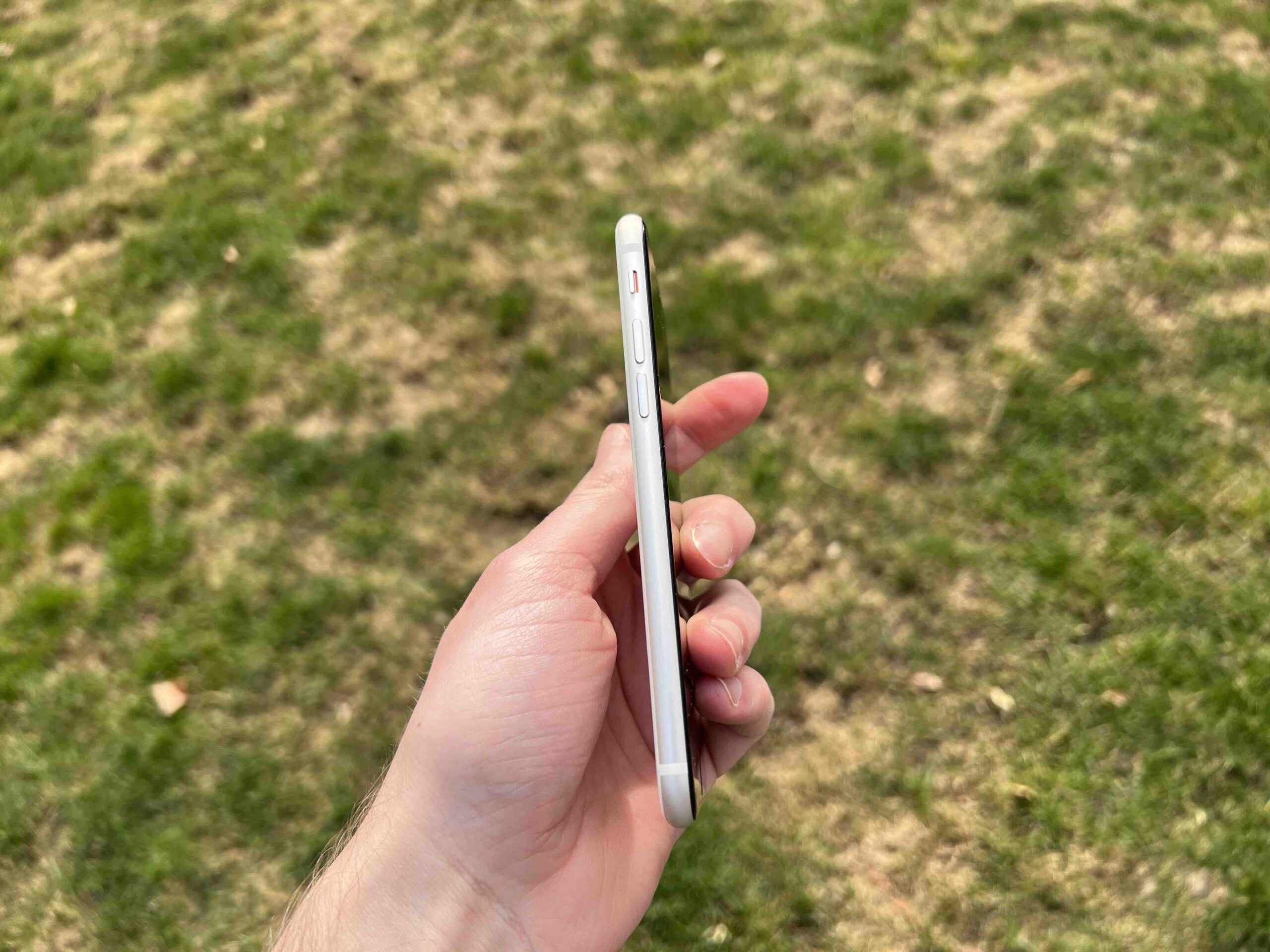
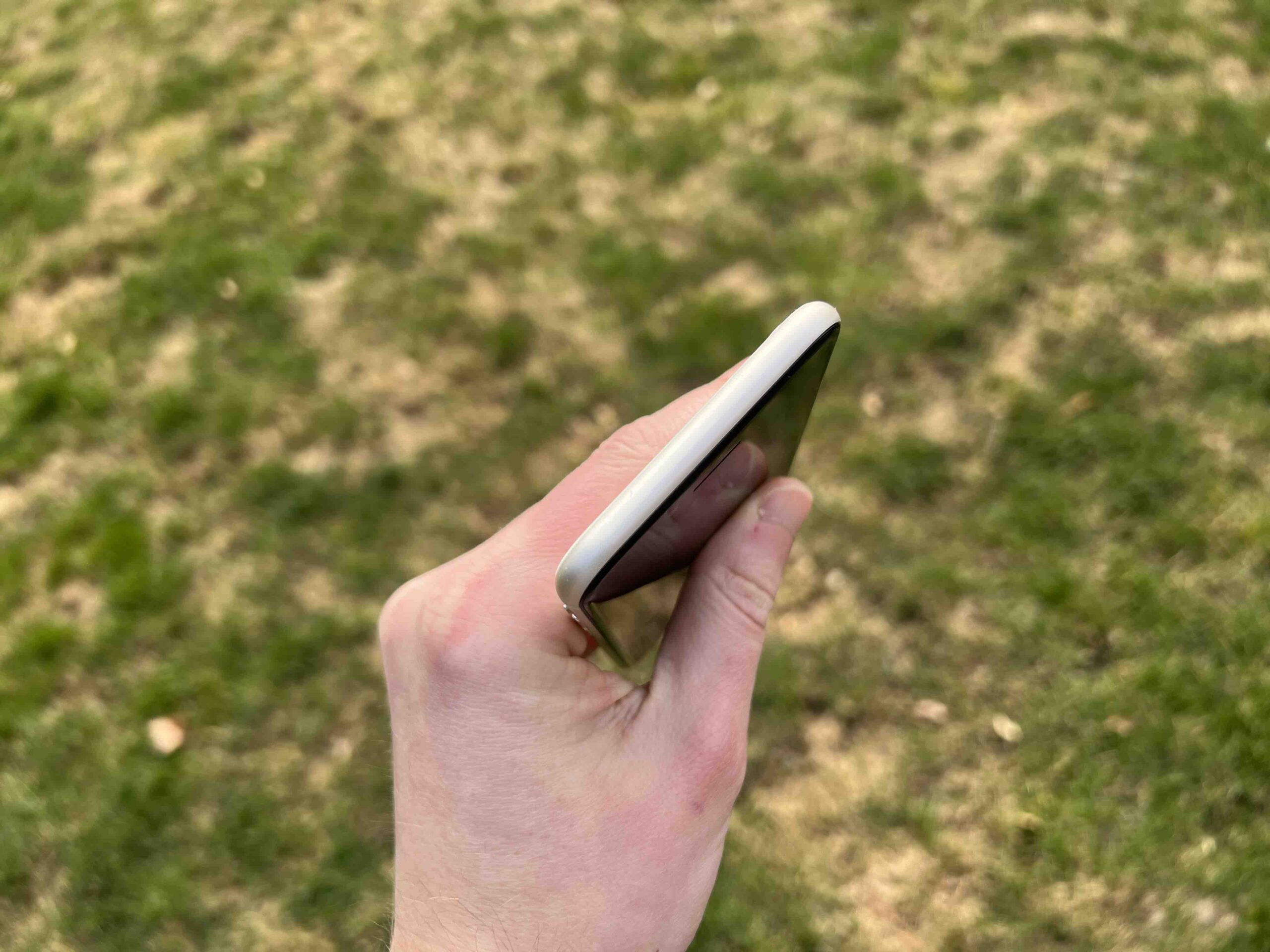
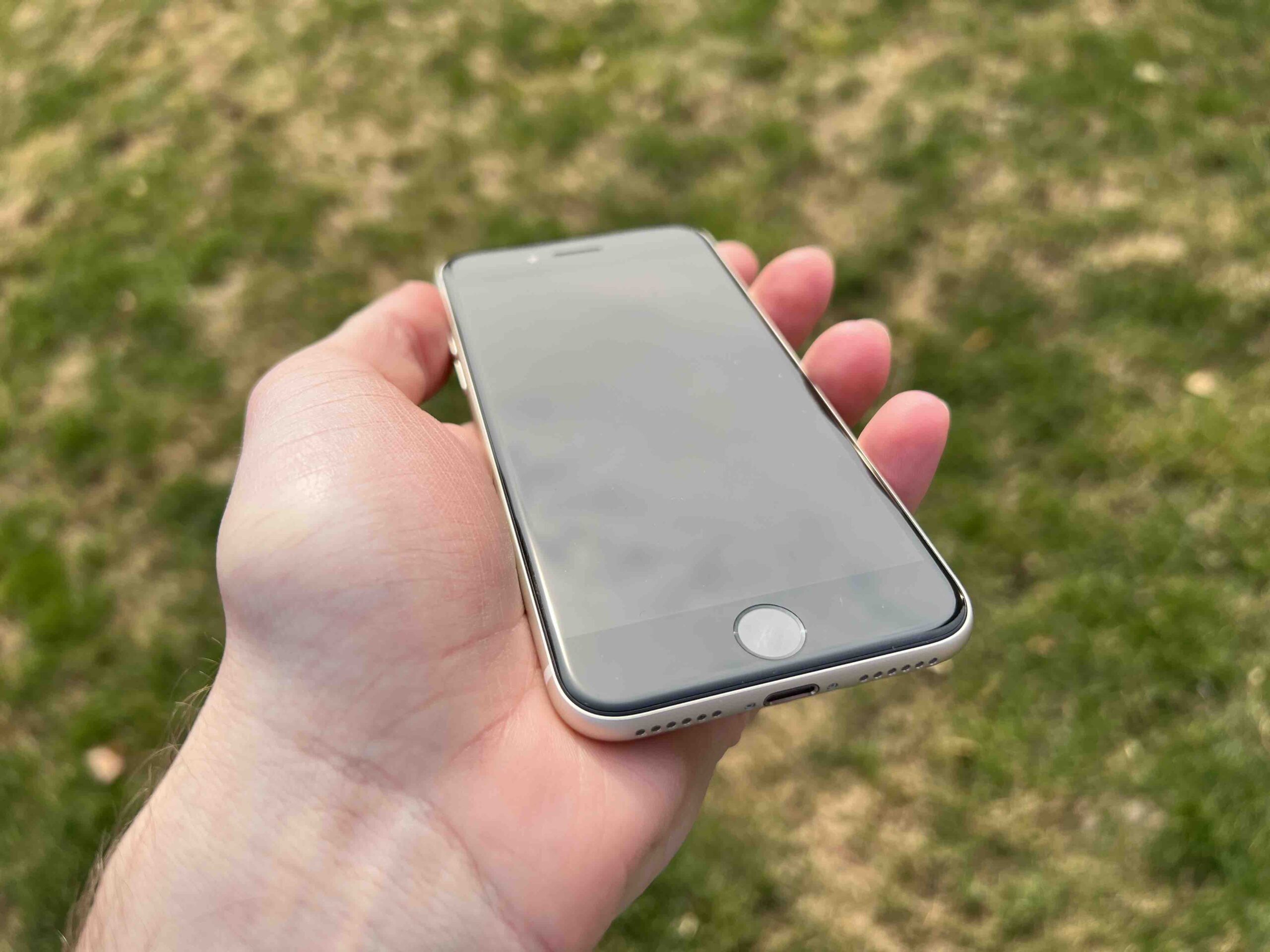
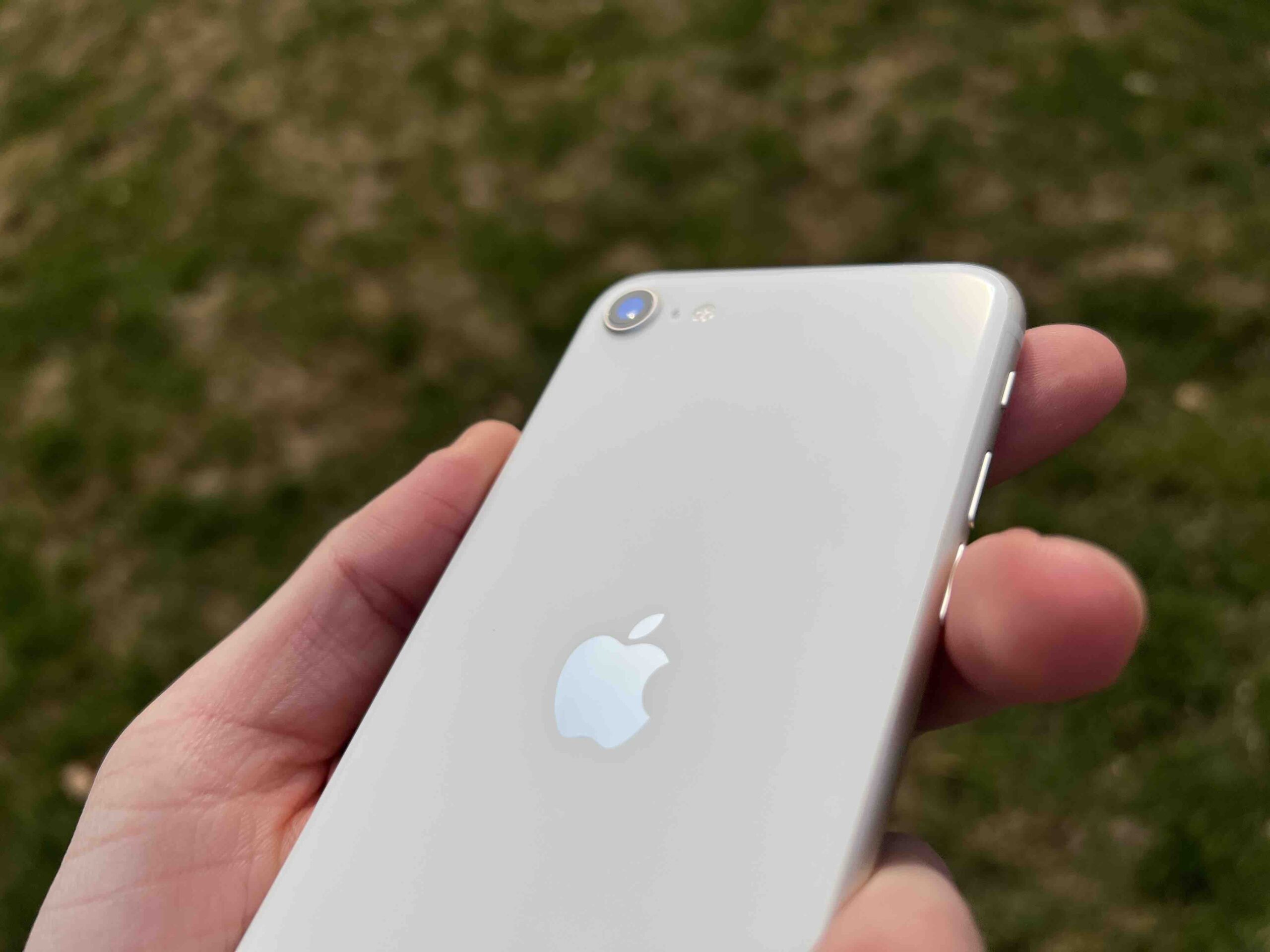
Hello, nice article, please just edit the sentence: "Even the first generation, on which Apple had a margin of "only" 129,18%, was not profitable at all." the word margin, to the word markup.
The margin, based on the calculation, cannot be higher than 100%